We may receive a portion of sales if you purchase a product through a link in this article.
If you’re anything like me, this post isn’t for you—because your Halloween costume ideas were locked in sometime back in July. But if you’re one of those sane, busy adults juggling work, life, and everything in between, you might find yourself scrambling for last-minute Halloween costumes as spooky season sneaks up. No judgment—we’ve all been there.
10 Last-Minute Halloween Costumes That Are Anything But Basic
The good news? We’ve rounded up the easiest, most versatile last-minute Halloween costumes to take the stress out of getting festive. Whether you’re heading to a party, trick-or-treating with kids, or just need something quick for the office potluck, these ideas are designed to spark inspiration without the hassle.
So don’t sweat it—there’s still time to find a costume that’ll have you looking clever, creative, and ready to celebrate. Scroll through our top picks, RSVP “yes” to that invite, and let the Halloween magic begin!
Cruella De Vil
The style of this Disney villain is timeless. There are a few components that can make or break this costume, one of which is the infamous black-and-white wig. There are plenty of options online, but make sure it’s a wig you’ll be able to style to your liking. And if you choose a faux fur coat that hits the mark but still keeps things subtle, you might even be able to make it a winter staple. All you need to finish the look is a red dress, a classic red lip, and a bit of dramatic costume makeup.
Edna and Jack Jack
Even as a child, there were always families throughout my neighborhood dressed as the Incredibles. However, if you’re not into the whole bodysuit situation, dressing up as Edna with (or without) your little one as Jack Jack is much easier than running to your local Spirit Halloween for an uncomfortable polyester outfit. Simply grab an oversized black button-down, a pair of tall black boots, and a black bob, and you’re good to go! Bonus points if you’re a regular glasses-wearer—it makes this last-minute look all the easier to throw together.
Risky Business
Perhaps an overdone Halloween outfit—but one that never seems to get old—is Tom Cruise’s dance scene outfit from Risky Business. It doesn’t get much easier than this outfit, with an oversized button-down and tall white socks. Wearing shorts and a cute bralette underneath can make this outfit public-appropriate while staying true to the widely known look. This closet-staple costume is perfect for anyone in a pinch.
Mia Thermopolis
Anyone else psyched about the recently announced The Princess Diaries 3!? All Mia Thermopolis fans can agree that this last-minute Halloween costume will get everyone excited and invoke a sense of nostalgia. Everyone has a tiara and a simple white strapless dress lying around somewhere, and the slick-back bun is very much in now. All you need is a pair of inexpensive over-the-ear headphones, and you’ve got a princess of Genovia.
Rosie the Riveter
There’s no going wrong with this last-minute Halloween costume. Rosie the Riveter will always make this list for the sole fact that the costume only really takes three elements—jeans, a jean shirt, and a cherry red paisley bandana. A pair of blue jeans is a staple in almost everyone’s closet, making this costume one that can be thrown together for under $50.
Audrey Hepburn
The Audrey Hepburn look never gets old. Whether you dress up for a Breakfast at Tiffany’s-themed party or simply dress to impress, this costume doesn’t take much forethought if you have an LBD on hand. Grab yourself a pair of rectangle sunglasses, pearls, and satin black gloves to pair with your looks, and BAM—a star is born.
Elle Woods
Not to spoil my Halloween costume for everyone, but Elle Woods is undoubtedly one of the best last-minute Halloween costumes. If you have any hot pink activewear in your closet, grab a pink handbag and your picture-perfect pet to channel everyone’s favorite Harvard law grad. Everyone will ask how you came up with such an easy and chic costume idea. (What? Like it’s hard?).
Taylor Swift
Yes, I know—there are plenty of T-Swift looks you could throw together for a last-minute Halloween costume. If I had to pick one, however, I’d take things back to her Fearless era with a gold fringe dress and white cowgirl boots. With some tight curls or a blonde wig, red lipstick, and dangly gold earrings, you’ll rock any party without going over your Halloween budget.
Peanuts Characters
Whichever characters you, or you and your friends, choose out of the Peanuts bunch, these looks are instantly recognizable and simple to throw together. If you have a plain yellow tee, paint on your black zig-zag stripes and grab your pet for a Charlie and Snoopy look. Or, pick out a royal blue bubble sleeve dress and white ankle socks and channel your inner Lucy van Pelt. The options with this costume category are nearly endless (fun fact—there are over 70 peanuts characters to choose from!).
Pink Panther and Inspector Clouseau
This last-minute Halloween couple costume is highly underrated. Grab your significant other a trench coat and stylish fedora and snag yourself a cute pink bob and a baby pink outfit (or vice versa), and let the compliments roll in. Bonus points if you have a magnifying glass and cute pink cat ears to pair with your outfit.











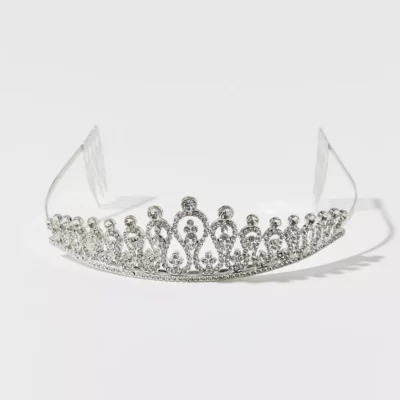

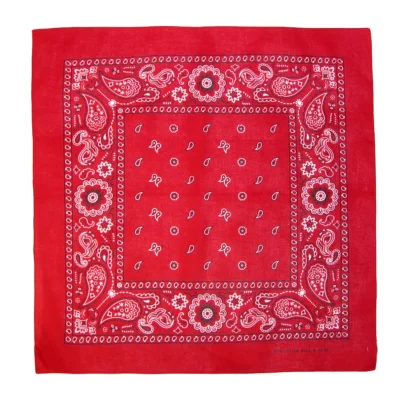




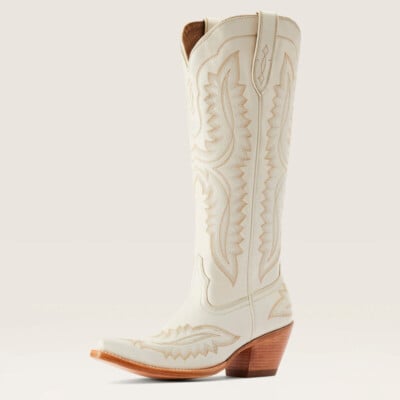
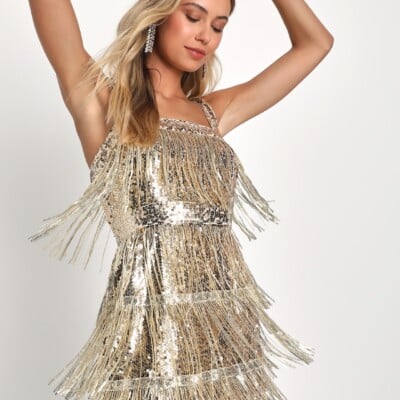

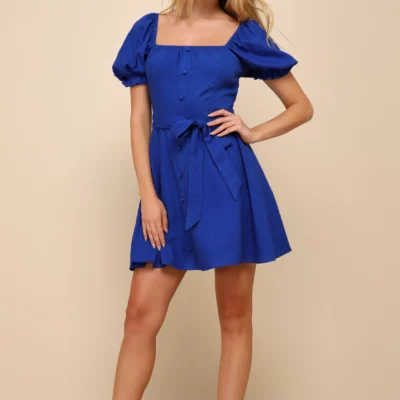

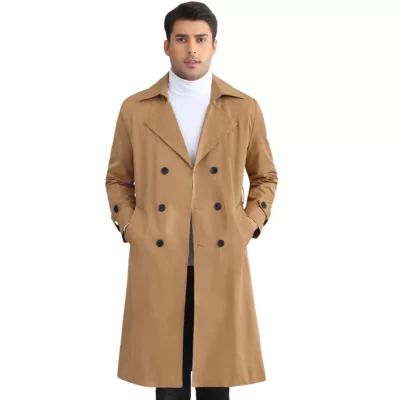




my boyfriend and i are going to be the burglars featured on say yes to hoboken! such a cute costume idea. we’re in love with the simplicity
kw ladies in navy
lol! I actually came across the burglars one a few weeks ago, already have my costume! Easy and comfortable.
I just did a last minute costume on my blog, check it out: thecraftydisaster.com
I kinda love Wednesday´s costume!
http://carlotarules.wordpress.com
Love the Mary Poppins
– Natalie
http://www.workovereasy.com
So cool. I love it.
Have a fantastic weekend.
Love, Esther
https://lifestyle-tale.com/onboard-luggage/
Such an amazing of course! Love it! Have a great halloween weekends!
This week Euframe has a halloween post too!
Check my scary post at the blog
Thanks Teo from Euframe.blogspot.comhttp://euframe.blogspot.gr/2017/10/all-hallows-eveing.html
Nice!
Cactus couple FTW!!! So darling 🙂
Woof Xo,
Michelle & Watson
https://www.watsonandwalls.com/
I like these Whispering Angels. They look alike angels but they are more scared than any other costume. I have also seen same kind of stuff before at http://bit.ly/Halloween-codes with codes.